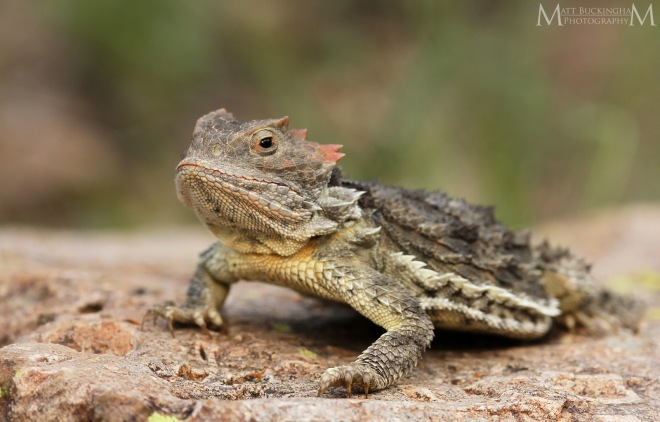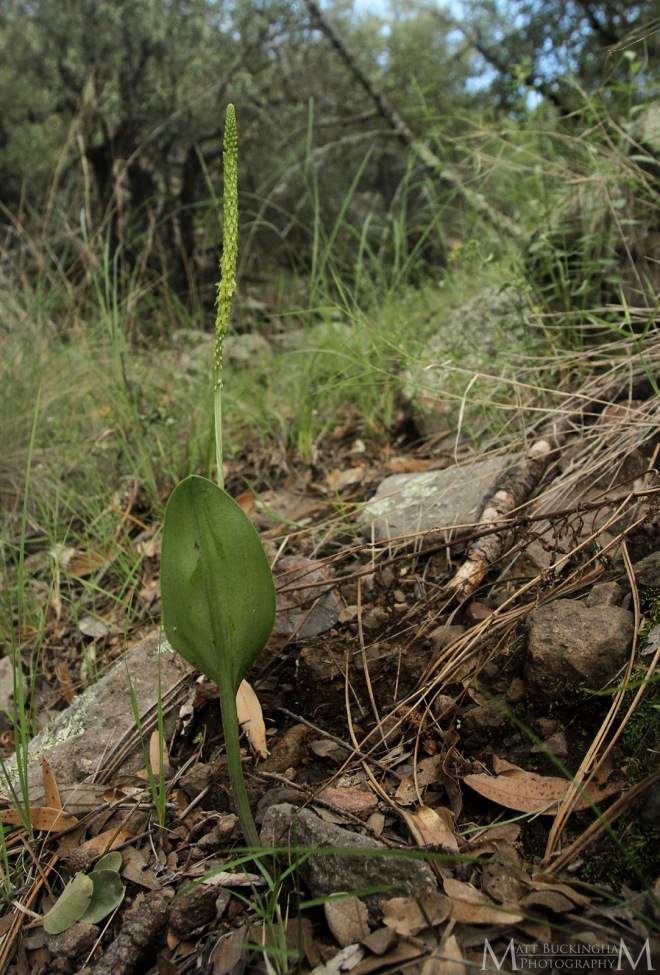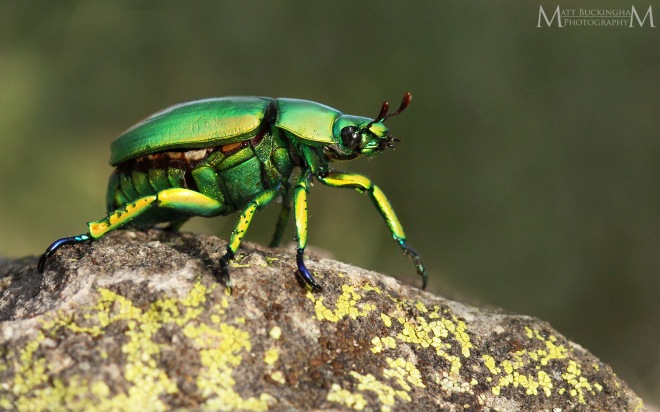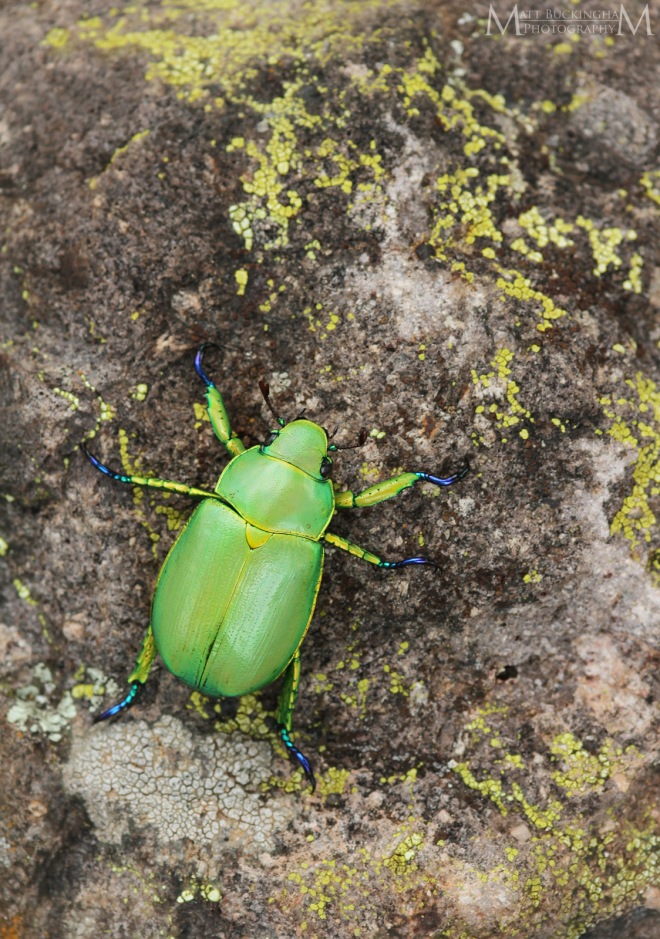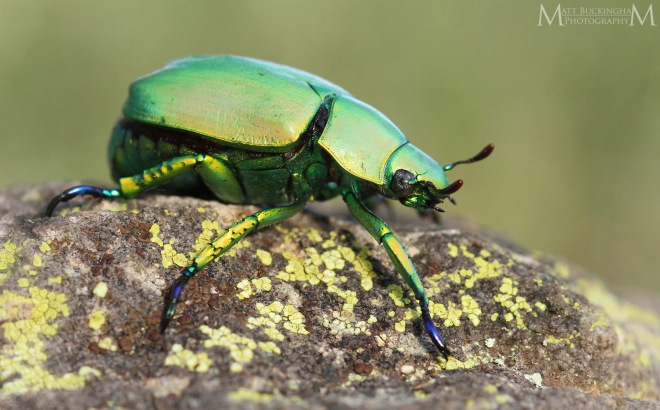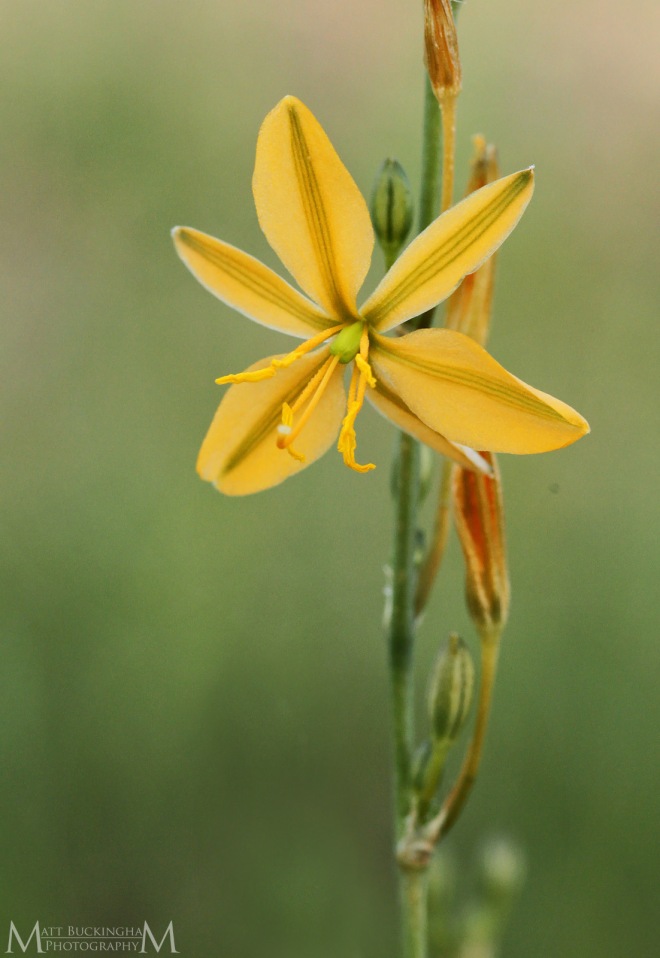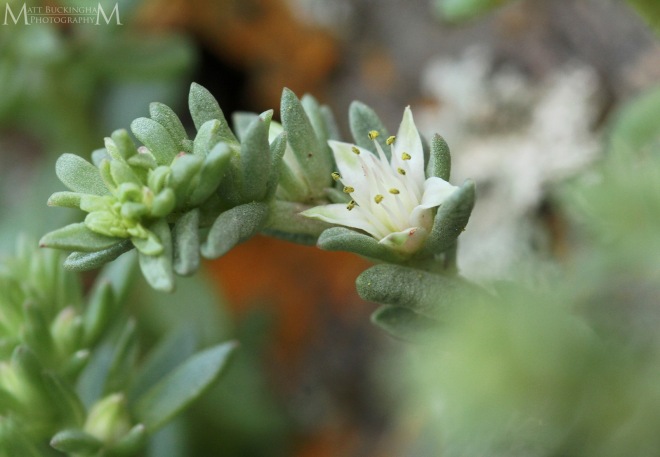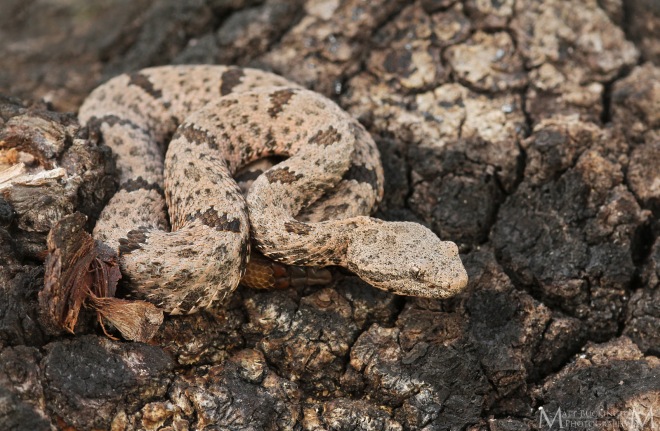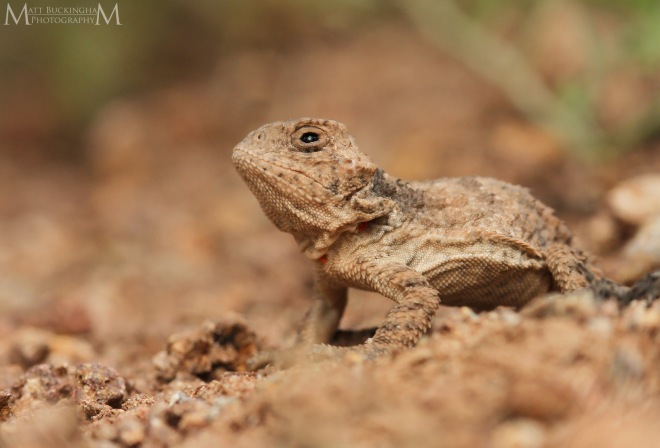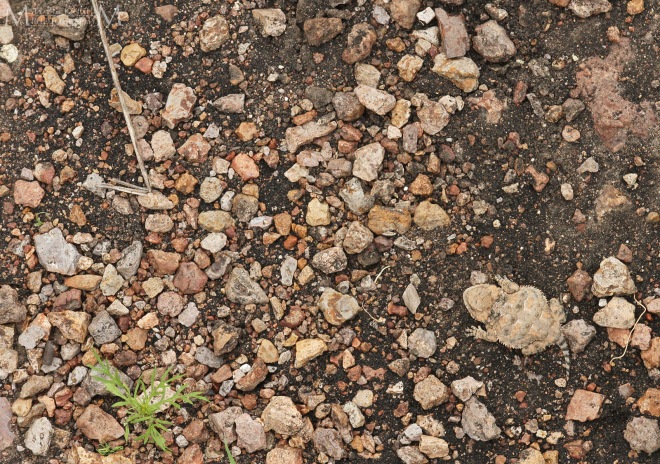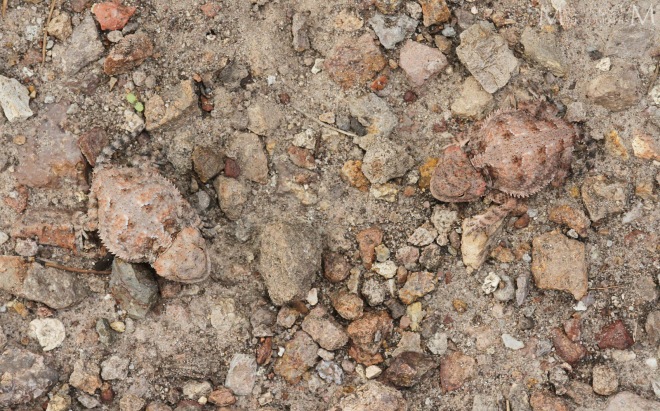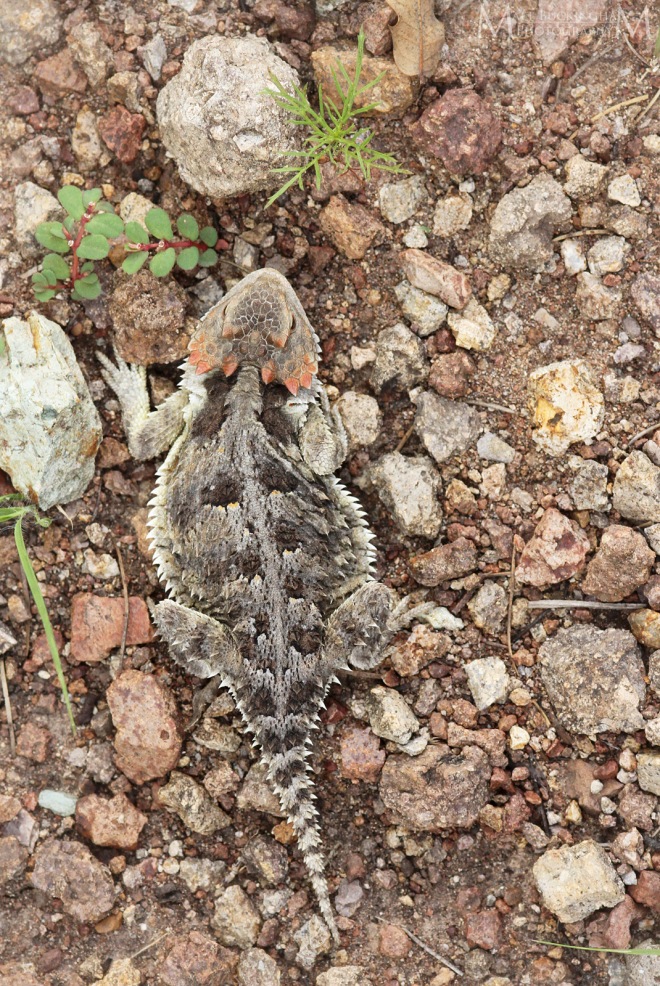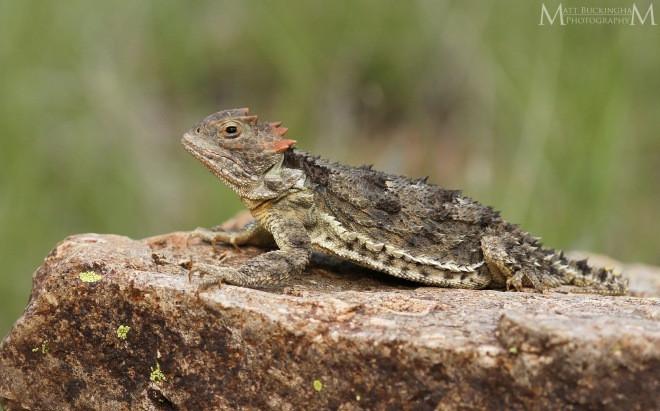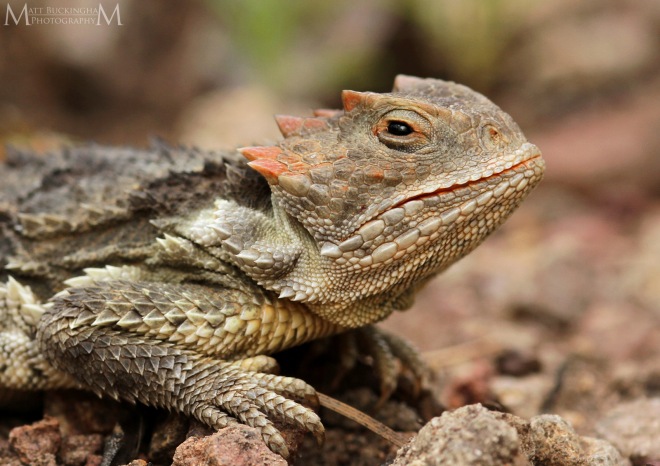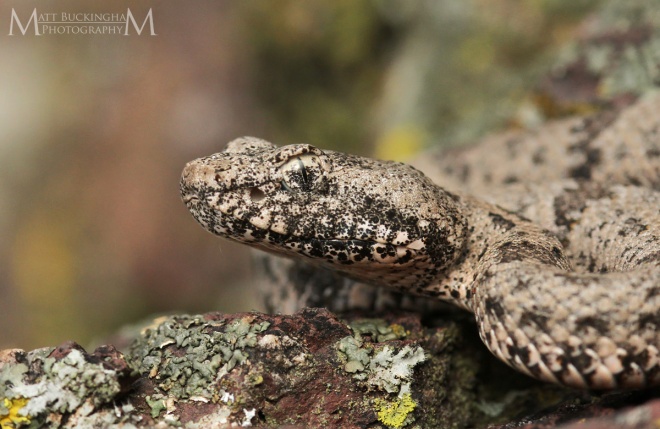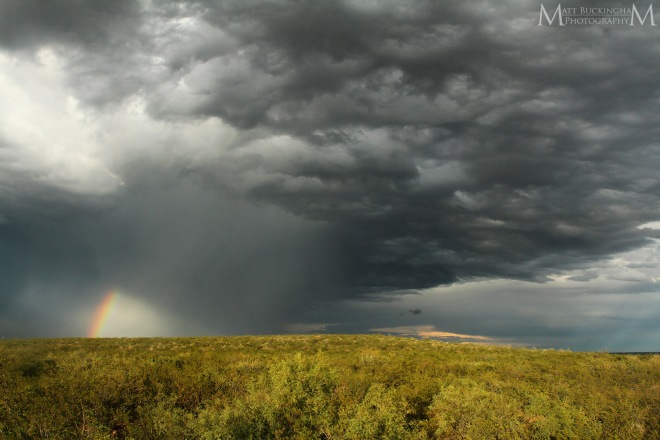
Davis Mountains Sunrise
It’s hard to resist the prospect of venturing west during the height of summer, when the monsoon rains drench the sky islands of the Trans Pecos, and bringing with them a lush, rich paradise in high elevation forests and canyons. It has become a bit of an annual tradition for Carolina and I to visit the Nature Conservancy’s Davis Mountains Preserve during their open weekends in July or August. This year would be all the more special, as we would be joined by our new friends Jim Fowler and Walter Ezell. I have known Jim for years through Flickr. Jim is an orchid expert from South Carolina who has authored two books, including Wild Orchids of South Carolina: A Popular Natural History. Jim also maintains an excellent blog about his and Walter’s botanizing adventures (click here to check it out). For some time Jim had been commenting to me on how he wanted to see a spectacular orchid that is known in the U.S. only from a few locations in Texas. This orchid happened to be one of my all-time favorite species, the Giant Coralroot (Hexalectris grandiflora).
So I told Jim that he should join us on one of our trips to the Davis Mountains, as they are the best place to see this strange, beautiful orchid. He would get his chance this past July, when he and Walter flew in from South Carolina and met up with Carolina and I. We caravaned west, passing through the southern extend of the rolling plains and into the Permian Basin, and finally into Limpia Canyon. That afternoon we planned to meet up with our friend and retired biologist Gary Freeman, who owns several hundred acres of Davis Mountain bliss.
The rains of the monsoons had arrived late this year, and had only recently begun. The landscape was still dry and brown, exacerbated by a series of intense wildfires that spread through much of the area. Better late than never, though, and they had arrived a couple of weeks prior to our arrival. I hoped this would give enough time for the coralroots to emerge. I would hate for Jim and Walter’s cross-country trip to have been in vain.
On the way to Gary’s home we spotted a large Pronghorn (Antilocapra americana) buck grazing just off the road. It’s coat was still wet from a recent rain shower as it warily eyed us. It never attempted to flee, however, as we approached to admire and photograph it. My experience with Pronghorn is that they will allow for a fairly close approach, as long as they can see you. I like to think that it is because, as the fastest land mammal in North America, they are confident in their ability to outrun me.

Satisfied with our photos of this peculiar mammal, we continued on to the rugged road that led to Gary’s place. As we drew nearer we could see that it was raining in the surrounding mountains, and hoped that we could avoid a downpour long enough to find a few orchids. As we made our way down the wet, rough road to Gary’s, I worried that our timing was off, and the coralroots would not make an appearance. How wrong I was. Not long after the road climbed into a broad canyon with Ponderosa Pine, Alligator Juniper, and a variety of oak species, I heard Caro call out “STOP!!” She had spotted a Giant Coralroot in bloom at the base of a massive boulder.
Jim and Walter excitedly gathered their photography gear and set about photographing the electric pink myco-heterotroph. It was not in the best location for photography, and it was somewhat entertaining watching them formulate a plan on how to best approach capturing their desired images. Carolina and I searched the area in the meantime, and found a few dried stalks and unopened buds. We then continued on until the road became all but impassable, and turned into Gary’s dirt driveway.
Gary’s home is settled in the middle of a rich forest of Ponderosa and Pinyon Pines, Alligator Juniper, Texas Madrone, and a variety of oaks and other hardwoods. It is transected by numerous washes and drainages that flow like mountain streams in years with ample rainfall. We were warmly greeted by an enthusiastic Gary. It is always a joy touring his land with him. He is extremely knowledgeable, energetic, and full of interesting stories. He is also always more than willing to share a glass of hard cider or two and plenty of camaraderie following a long hike through his canyons.
It wasn’t long after setting out that we spotted our first Giant Coralroot. We would end up seeing many, but most were just emerging and in bud or barely open. Jim was excited to see these and stopped to photograph each one. While I was happy that we had found some, I really wanted to show them a fully opened flower, so they could come to know the true glory of this spectacular plant. And then, finally, near a high elevation spring we found some.

Giant Coralroot
Giant Coralroots are non-photosynthesizing myco-heterotrophs, meaning they do not possess chlorophyll and are uncapable of metabolizing energy from the sun. Instead they utilize underground rhizomes and roots to obtain their energy and nutrients from the mycorhizzal fungi of tree roots. An individual plant spends most of its life underground and may only bloom once every few years. When they do bloom, however, it is a sight to see. Their bright pink stalks push up through the leaf litter and may bear a dozen or more blooms that open in succession as the stalk grows.

Giant Coralroot
Satisfied with our orchid hunting trip, we returned to Gary’s house and imbibed in the aforementioned hard cider. As the sun fell low on the horizon we bid our reluctant good byes and went on our way. Jim and Walter would stay in Fort Davis while Caro and I camped at Davis Mountain State Park. Generally we would camp at the Davis Mountain Preserve, which has free camping during open weekends, however the preserve was closed to camping this year due to issues with the wildfires.
Fortunately the preserve would still be open during the day, and the next morning we set out to see what other interesting things we might find. We made our way to one of my favorite places in the preserve, an area where I have seen many Giant Coralroots in the past, as well as Malaxis macrostachya and other interesting wildflowers. We did succeed in finding several more Giant Coralroots, but other than that there was not much blooming.

Giant Coralroot
As I was capturing the image above, the clouds opened up and let a deluge down upon the mountains. I was reluctant to leave the scene, but finally retreated to my truck where we waited out the storm. Eventually the rain let up and we continued to explore the area. We were lucky to find several Desert Saviors (Echeveria strictiflora) in bloom. This unique succulent is another species that Jim had really hoped to see. In the U.S. it is only known from a few sites in far West Texas.

Desert Savior
We then made our way into Tobe Canyon, where I hoped some other interesting plants might be blooming. On our way up we passed many stately Ponderosa Pines. In fact, the state champion is in this very canyon. The textures and colors of the bark and Old Man’s Beard lichen caught my eye, and inspired me to capture the image below, which is a bit more abstract than most of my work.

Patterns in Ponderosa
We continued up into the canyon, however it was getting late and the preserve would soon be closing for the day. Many of the species I was hoping to see remained elusive, but we were rewarded with Cliff Fendlerbush blooming in the canyon, dotting the hills with their soft white blooms.

Cliff Fendlerbush
We descended Tobe Canyon and left the Preserve. On our way back to Fort Davis we stopped to show Jim and Fowler several interesting places, including nice views of the Davis Mountains, the McDonald Observatory, and high elevation prairies. Of particular interest to Jim were milkweeds, of which we saw many species. One of my favorite is the Bract Milkweed (Asclepias brachystephana).

Bract Milkweed
Jim and Walter would be leaving in the morning, and to thank us for showing them around they invited us to have dinner with them in Fort Davis. We decided to head back to our campsite to clean up and rest a bit before heading into town to meet up with them again. Back near camp Orange Fameflowers (Phemeranthus aurantiacus) were beginning to open.

Orange Fameflower

Orange Fameflower
We met up with Jim and Walter at the condo they were renting in Fort Davis. There Walter prepared a delicious meal of pork chops and salad. After we talked for some time, but eventually we had to bid our farewells and head back to camp. We were sad that our time with our new friends was ending, but I was happy that I was able to show Jim the Giant Coralroot and a number of other interesting things along the way.
The next morning we woke early and explored the state park and adjacent Fort Davis National Historic Site, which defended the Trans Pecos in the mid to late 1800s. By early afternoon the clouds began rolling in, and soon the monsoons drenched the earth once more. After they passed we returned to exploring. I chased a huge Western Coachwhip to no avail, and stalked Blue Grosbeaks (Passerina caerulea) in hopes of capturing a photograph.

Blue Grosbeak
I also took a moment to photograph the ubiquitous White-winged Doves (Zenaida asiatica), which really are quite striking up close.

White-winged Dove
As the rain drenched the mountains, Caro and I decided to explore the grasslands around Fort Davis and Marathon. To me, these special communities are just as interesting and diverse as those in the high country. We spotted a number of interesting wildflowers in bloom, including the beautiful Devil’s Bouquet (Nyctagina capitata).
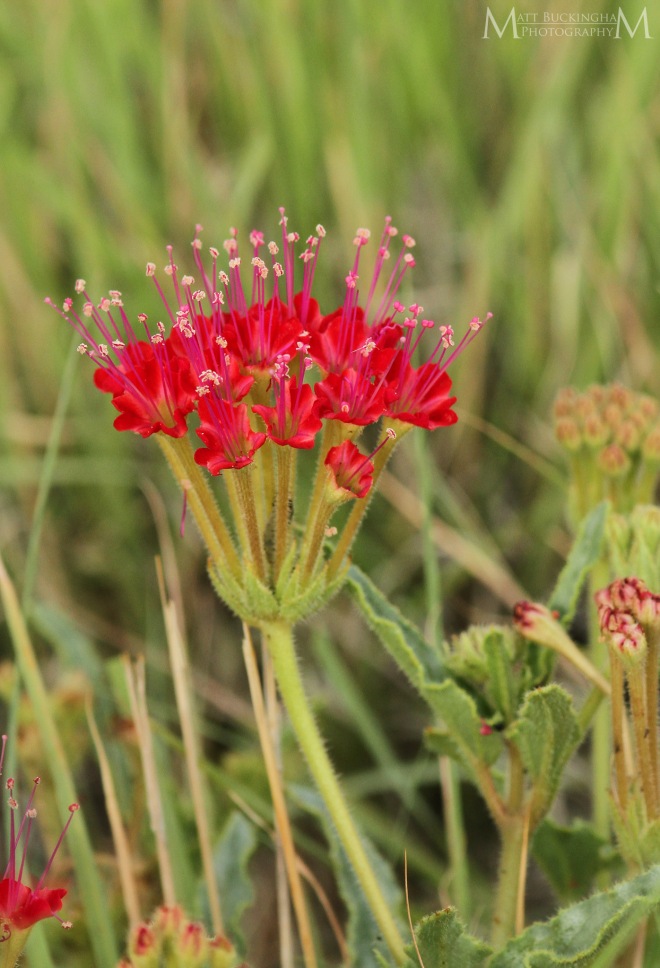
Devil’s Bouquet
To my surprise, we also found several Plains Penstemon (Penstemon ambiguus) in bloom. I was under the impression that this species bloomed earlier in the year, but perhaps the delayed onset of the monsoon impacted their phenology. As I photographed them, I noticed a Scott’s Oriole singing from a fence post and a Swainson’s Hawk surveying its domain from the dried stalk of a Spanish Dagger bloom.

Plains Penstemon
As we made our way across the prairie, I was hoping that I might have the opportunity to photograph some pronghorn in the interesting post-storm light. I had my chance when we spotted a trio – two does and a young buck – near the road. They did not immediately flee as I crept from my truck and tried to draw a bit nearer, but all three did perk up and look upon me with vigilant eyes.

Vigilant Pronghorn
Often referred to as “antelope”, pronghorn only superficially resemble these old world ungulates. They belong to the monotypic family Antilocapridae, and are actually more closely related to giraffes and okapis than true antelope.
Pronghorn are an iconic species of the American west, and it is always a treat seeing them in these semi-arid grasslands of West Texas. Though once abundant, their numbers declined dramatically in the Trans-Pecos over the last 30 years. They remain common in some areas around Marfa, Fort Davis, and Alpine, and their numbers seem to be rebounding following a number of reintroduction with animals from the Texas Panhandle.

Pronghorn Doe
This buck below seemed indifferent to my presence, until I crouched down to get a low angle shot. I must have triggered some primal response to concealed predators, because he perked up very quickly and began to snort and stomp his foot in displeasure. They may be confident in their ability to outrun a predator in the open, but it seems the prospect of one concealed in the brush is another thing altogether.

Pronghorn Buck
That night Caro and I went to see the Marfa Lights, and had a long debate about their possible source. On the drive back to our campsite it seemed like every distant light was some mystical floating orb. We saw a few Western Diamondbacks on the road, but otherwise it was an uneventful drive back. The next morning we rose early and drove to the Skyline Drive in Davis Mountains State Park, where I captured the first image in this blog post. Later, as we were breaking camp I spotted a freshly dead Wood’s Jewel Scarab (Chrysina woodii) that looked like it had flown into a tree a bit too fast. I was really hoping to add to my collection of photographs of this species during our trip, but it was beginning to look like it wasn’t meant to be. We had seen two others on Gary’s land while looking for orchids, but they were flying high in the canopy.
On our way out of Limpia Canyon we stopped to examine some walnut trees, the main food source for adult Wood’s Jewel Scarabs. After some time we spotted one flying low enough to capture. Easier said than done. I ran about making futile grabs at the air hoping to catch one. Caro took a different approach. She waited until it landed in a small oak growing from a crevice in some large boulders. Cautiously she climbed the boulders and snatched the prize. I took a few photos of this spectacular insect and we sent it on its way.

Wood’s Jewel Scarab
It was a long drive home to the Pineywoods, but we had plenty of memories to reflect on during our journey. We thought in breathtaking landscapes, incredible creatures, fleeting wildflowers, and new friends. Each trip to the Sky Islands of West Texas brings with it some uniquely profound experience, and leaves me feeling refreshed, inspired, and eager to continue my never ending quest for biodiversity.

